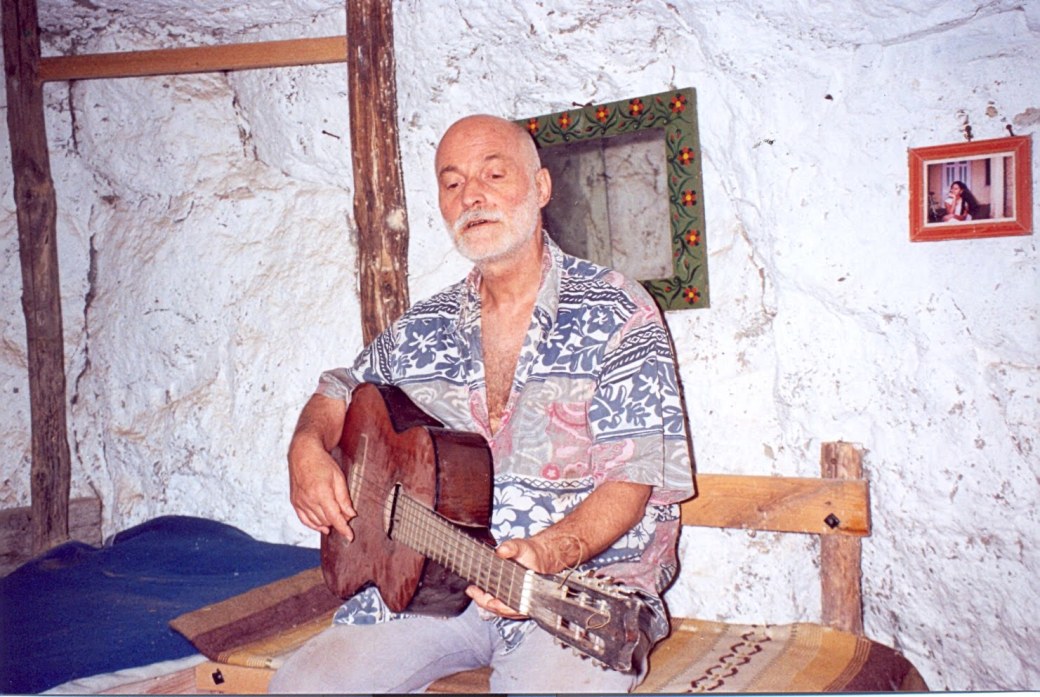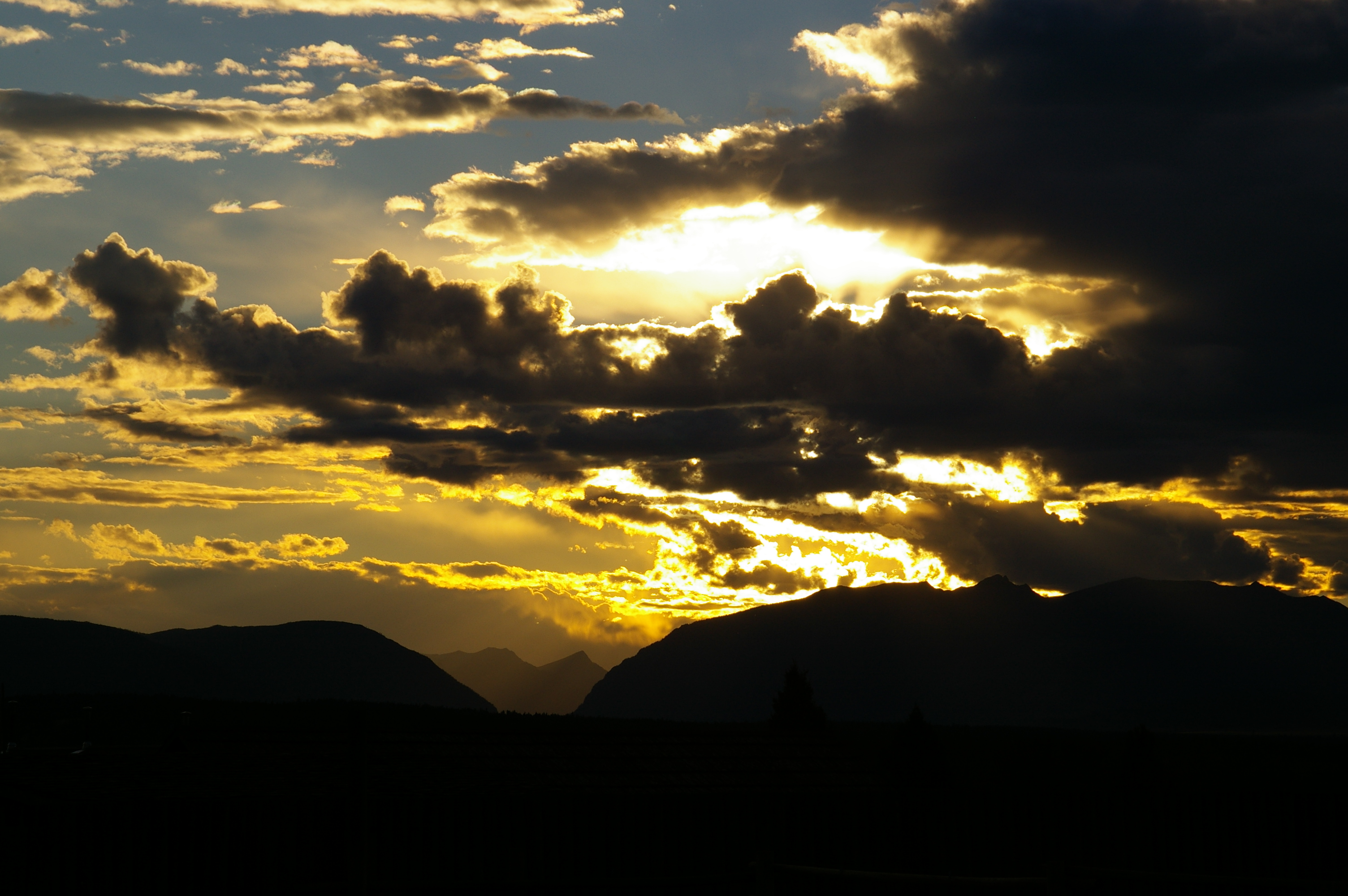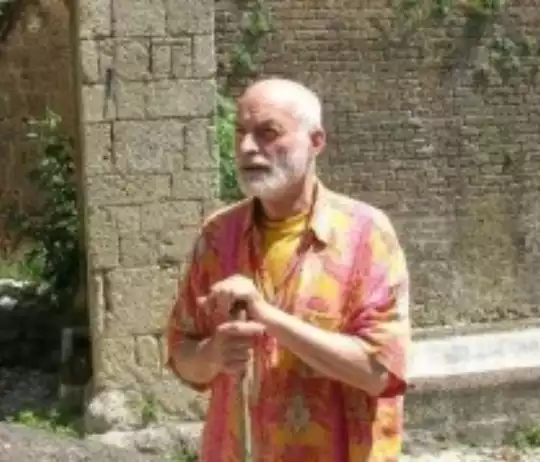According to the Chinese elemental system, communication is possible at every elemental level, that is, you can communicate with the Earth, with Metal, with Water, with Wood and with Fire.
The communicative ways pass through the various senses that are connected to these elements. For example, you can communicate (in the same order mentioned above) with the sense of smell, hearing, taste, touch and sight. I even want to be clearer, through smells immediately, both for animals and for humans who are themselves animals, the sensation and the lived condition are transmitted; by listening to the sounds emitted (a sort of radar process) we are immediately aware of the type of information connected to them; with taste we make the other our own, consider for example licking and kissing; with touch we transform our emotions into physical and solid “contacts”, love (caresses) hate (punches) and the whole range of feelings; with sight we communicate through images. The latter is the most current method, also due to the writing not only of the images themselves. The gaze is a direct and unequivocal form of communication.
The word, or the language as we define it today, was born through a mixture of all these communicative ways…. Think about it well and at this point you will understand that between us and other living beings there is no elaborative difference in expressing even abstract concepts. In fact, returning to the description of the Chinese elemental system or the Indian system of direct communication between sentient beings, in the West we also have the example of St. Francis, it is clear that communication cannot be achieved exclusively with words.
Speech is a way to convey thoughts, but these thoughts must be "cogitated" and visually concretized within the mind, otherwise they are not transmissible. Proof of this is that when we speak in vain, the listener does not receive the message and remains in a state of "mental absence" (speaking in vain is typical of those who have nothing to say: politicians, lecturers, talkers, etc. ).
But before concluding this discussion, I insert some clarifying notes below, the first is specific on the evolution of articulated language in man and the second is an investigation on "communicating .. how?" more focused on virtual communication.
Evolution: the word to the monkeys.
The Word, or articulated language as we understand it at the grammatical level, is characteristic of man. It is one of the main features that distinguish us from the rest of the animal kingdom. But this distance is getting shorter and shorter with recent discoveries. Last among these is the confirmation that not only are monkeys to a certain extent capable of interpreting a verbal message, but they go further: they are able to identify a grammatically malformed word.
The experiment was conducted by accustoming a particular type of monkey to a certain pattern of word formation. Such as the composition of words with a prefix (eg DIS-pleasure or RE-knowing) or a suffix (natural-MIND or gio-OSO). After exposing them to correct language, the researchers tried to use nonsense words by mixing prefixes and suffixes in the wrong places. And they deserved some perplexing looks from primates like "What are you saying?" The reactions are unmistakably recognizable.
All this makes us think that the complex dynamics of the formation of a language are not so far from the minds of our quadruman cousins, and sheds new light on the mystery of how the word has evolved over time.
Communicate… communicate…. Such as?
It begins with the first cry, continues with the sticks and the study of the abbecedary, but we don't know how it ends .... Human communication is an endless mystery. Since man discovered the use of fire, thus extending his day, he began to tell in a convivial way, to transmit to other men, experiences and impressions, from which language and culture were born.
In fact, if during the day a few grunts were enough to indicate contingencies or objects, when at night primitive men remembered their adventures to communicate them they had to make the expression penetrating, intelligible without the use of concrete examples, using only images and thought forms.
Thus was born the great miracle of "communication" but its development is not yet concluded…. Today, leaving aside pen and inkwell, books and newspapers, you communicate with the internet, the words are perhaps the same (even if you are really already using a new slang) but to ensure that your messages are received in the virtual jungle you need develop new capacities of attraction, calling the reader to an unusual attention. In this field no one is a teacher, there are no universities capable of transmitting this new "art" of communication, times have been too short and today everyone tries to get by as best he can. Some do it with spam, others with cookies, still others develop innovative graphics and settings, almost all use the multiplicity and the so-called "copy-cut-paste" method….
But all this is not enough, it is evident that in the telematic jungle if you want the message, your call, to be perceived, you cannot use only screams or exaggerated gestures, you need to refine the language once again and this is the new lexical revolution to which we are called.
After the circle around the fire (the first socialization) we are in the enlarged circle (on the net) in front of the computer ... Yet the need to relay our sensations, memories and experiences is even stronger. What was poetry, as a maximum refinement, has now become "poetronic"….
And maybe all taken by this "boxed" communication in front of the small screen we omit to talk to the neighbor, we abandon the sauce on the fire to scorch, we forget to call or write a love letter to our girlfriend .... (Yes, it happens to me too .. mea culpa mea culpa mea maxima culpa!)
Paolo D’Arpini

Testo Italiano
Secondo il sistema elementale cinese la comunicazione è possibile ad ogni livello elementale, ovvero si può comunicare con la Terra, con il Metallo, con l’Acqua, con il Legno e con il Fuoco.
I modi comunicativi passano attraverso i vari sensi che sono collegati a questi elementi. Ad esempio si può comunicare (nello stesso ordine sopra menzionato) con l’olfatto, con l’udito, con il gusto, con il tatto e con la vista. Voglio persino essere più chiaro, attraverso gli odori immediatamente, sia per gli animali che per gli umani che sono essi stessi animali, si trasmette la sensazione e la condizione vissuta; con l’ascolto dei suoni emessi (una sorta di processo radar) immediatamente siamo consapevoli del tipo di informazione ad essi connessa; con il gusto facciamo nostro l’altro, considerate ad esempio la leccatura ed il bacio; con il tatto trasformiamo le nostre emozioni in “contatti” fisici e solidi, amore (carezze) odio (pugni) e tutta la gamma dei sentimenti; con la vista comunichiamo attraverso le immagini. Quest’ultimo è il metodo più attuale, anche per via della scrittura non soltanto delle immagini in se stesse. Lo sguardo è una forma diretta ed inequivocabile di comunicazione.
La parola, od il linguaggio come oggi lo definiamo, è nata attraverso una mistura di tutti questi modi comunicativi…. Pensateci bene ed a questo punto capirete che fra noi e gli altri esseri viventi non c’è differenza elaborativa nell’esprimere anche concetti astratti. Infatti, ritornando alla descrizione del sistema elementale cinese od a quello indiano della comunicazione diretta fra esseri senzienti, in occidente abbiamo anche l’esempio di San Francesco, è evidente che la comunicazione non è attuabile esclusivamente con la parola.
La parola è un modo per trasmettere i pensieri, ma questi pensieri debbono essere “cogitati” e concretizzati visivamente all’interno della mente, altrimenti non sono trasmissibili. Prova ne sia che quando si parla a vuoto, l’ascoltatore non recepisce il messaggio e resta in uno stato di “assenza mentale” (il parlare a vuoto è tipico di chi non ha nulla da dire: politici, conferenzieri, logorroici, etc.).
Ma prima di concludere questo discorso inserisco qui di seguito alcune note chiarificatrici, la prima è specifica sull’evoluzione del linguaggio articolato nell’uomo e la seconda è un'indagine sul “comunicare.. come?” più centrata sulla comunicazione virtuale.
Evoluzione: la parola alle scimmie.
Il Verbo, o il linguaggio articolato per come lo intendiamo a livello grammaticale, è caratteristica dell’uomo. E’ uno dei tratti principali che ci distinguono dal resto del regno animale. Ma questa distanza si accorcia sempre più con le recenti scoperte. Ultima tra queste è la conferma che non solo le scimmie sono in una certa misura capaci di interpretare un messaggio verbale, ma arrivano più in là: riescono a individuare una parola malformata a livello grammaticale.
L’esperimento è stato condotto abituando un tipo particolare di scimmie a un certo modello di formazione delle parole. Come la composizione di parole con un prefisso (ad es. DIS-piacere o RI-conoscere) o un suffisso (natural-MENTE o gioi-OSO). Dopo averle esposte a un linguaggio corretto, i ricercatori hanno provato a utilizzare parole prive di senso mescolando prefissi e suffissi al posto sbagliato. E si sono meritati delle occhiate perplesse dai primati del tipo “Ma cosa stai dicendo?”. Le reazioni sono inequivocabilmente di riconoscimento.
Tutto questo ci fa pensare che la complessa dinamica della formazione di un linguaggio non sia poi così lontana dalla mente dei nostri cugini quadrumani, e getta nuova luce sul mistero di come si sia evoluta nel tempo la parola.
Comunicare… comunicare…. Come?
Inizia con il primo vagito, prosegue con le asticciole e lo studio dell’abbecedario ma non si sa come finisce…. La comunicazione umana è un mistero senza fine. L’uomo da quando scoprì l’uso del fuoco, allungando così la sua giornata, cominciò a raccontare in forma conviviale, a trasmettere ad altri uomini, le esperienze vissute e le impressioni, da ciò è nato il linguaggio, la cultura.
Infatti se durante la giornata bastavano pochi grugniti per indicare le contingenze o gli oggetti, quando la notte gli uomini primitivi ricordavano le proprie avventure per comunicarle dovevano rendere penetrante l’espressione, intelligibile senza l’uso di esempi concreti, utilizzando solo immagini e forme pensiero.
Così è nato il grande miracolo della “comunicazione” ma il suo sviluppo non è ancora concluso…. Oggi, lasciati da parte penna e calamaio, libri e giornali, si comunica con internet, le parole forse son le stesse (anche se veramente si sta già utilizzando un nuovo slang) ma per far sì che i propri messaggi vengano recepiti nella giungla virtuale occorre sviluppare nuove capacità di attrazione, richiamando il lettore ad una attenzione inusitata. In questo campo nessuno è maestro, non vi sono università in grado di trasmettere questa nuova “arte” della comunicazione, i tempi sono stati troppo brevi ed oggi ognuno cerca di arrangiarsi come può. Alcuni lo fanno con lo spam, altri con i cookies, altri ancora sviluppano grafiche e impostazioni innovative, quasi tutti usano la molteplicità ed il cosiddetto metodo del “copia-taglia-incolla”….
Ma tutto ciò non è sufficiente, è evidente che nella giungla telematica se si vuole che il messaggio, il proprio richiamo, venga percepito non si possono usare solo le urla od una gestualità esagerata, occorre affinare ancora una volta il linguaggio e questa è la nuova rivoluzione lessicale alla quale siamo chiamati.
Dopo il cerchio attorno al fuoco (la prima socializzazione) siamo al cerchio allargato (in rete) davanti al computer… Eppure la necessità di ritrasmettere le nostre sensazioni, ricordi ed esperienze è ancora più forte. Quel che era la poesia, come massimo affinamento, ora è diventato “poetronica”….
E magari tutti presi da questa comunicazione “inscatolata” davanti al piccolo schermo omettiamo di parlare con il vicino, abbandoniamo il sugo sul fuoco a bruciacchiarsi, dimentichiamo di telefonare o scrivere una letterina d'amore alla nostra fidanzata....
(Ebbene sì, succede anche a me.. mea culpa mea culpa mea maxima culpa!)
Paolo D’Arpini























